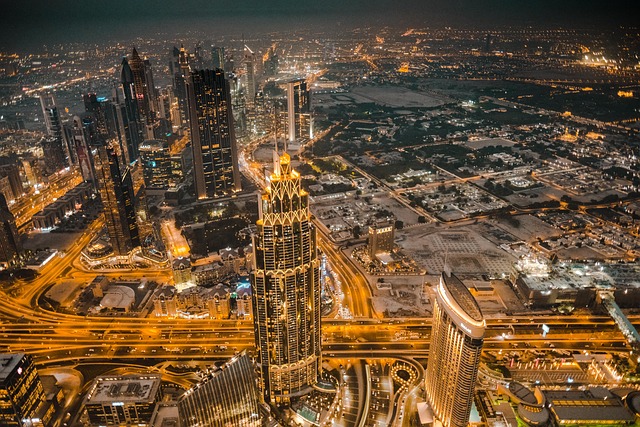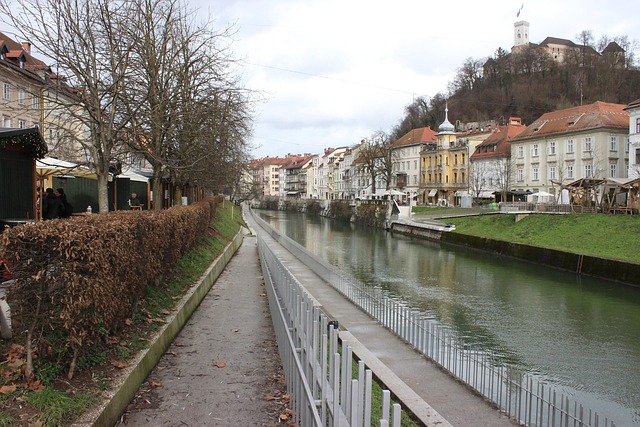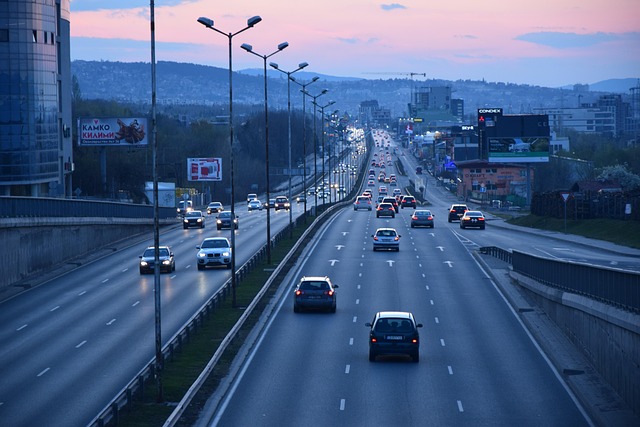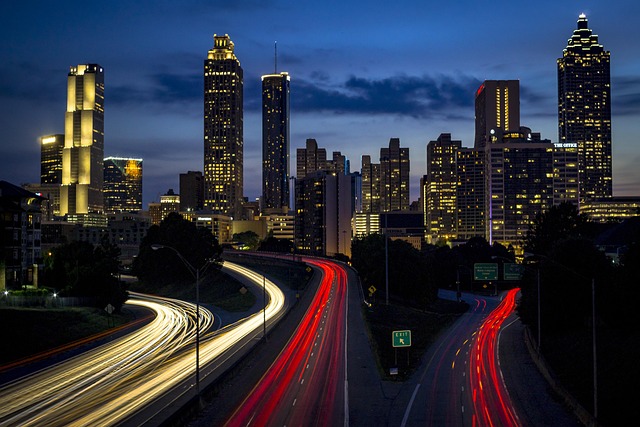
Karachi's iconic motorway, a vital transport link, faces severe air quality concerns due to high traffic volume, industrial activities, and insufficient infrastructure. The Air Quality Index (AQI) is a crucial tool for monitoring pollution levels, with values above 200 requiring precautions. High AQI readings near the motorway indicate hazardous air quality, posing health risks, particularly to vulnerable groups. Urgent action is needed, including stricter emission standards, green spaces promotion, and sustainable industrial practices, to mitigate these issues and protect Karachi residents' well-being.
The bustling Karachi Motorway, a vital artery of Pakistan’s economic hub, has emerged as a focal point for air quality concerns. With rapidly increasing traffic and industrial activity, the Air Quality Index (AQI) near this metropolitan corridor frequently soars, posing significant risks to the health of Karachi’s residents. This article delves into the intricate issues surrounding the AQI in this region, exploring metrics, identifying key pollution sources, and proposing comprehensive strategies for improvement to create a healthier environment for Karachi’s folks.
- Karachi Motorway: Air Quality Concerns Unveiled
- Understanding the AQI: Metrics and Implications
- Sources of Pollution: Identifying Key Contributors
- Health Risks: Impact on Karachi's Residents
- Strategies for Improvement: A Comprehensive Approach
Karachi Motorway: Air Quality Concerns Unveiled

Karachi, a vibrant metropolis, is known for its bustling streets and lively atmosphere, but it also faces significant air quality challenges, especially along its iconic motorway. The Karachi Motorway, a crucial transportation artery, has become a focal point for environmentalists and health advocates due to persistent air pollution concerns. This section delves into the air quality issues unveiled by this urban highway.
The high volume of traffic, industrial activities nearby, and inadequate infrastructure contribute to elevated levels of pollutants like nitrogen oxides, particulate matter, and volatile organic compounds. These factors create a complex air quality scenario, affecting not only motorists and commuters but also the overall health and well-being of Karachi’s residents. The motorway’s length and heavy congestion make it a prime candidate for detailed studies aimed at understanding and mitigating air pollution impacts in this densely populated city.
Understanding the AQI: Metrics and Implications

The Air Quality Index (AQI) is a critical metric for gauging the air’s cleanliness and potential health risks in Karachi, much like other urban centers worldwide. It provides a standardized way to communicate complex air pollution data, making it accessible to the public. The AQI typically ranges from 0 to 500, with lower values indicating better air quality. In Karachi, understanding the AQI is essential as it frequently reflects the city’s unique challenges, such as traffic congestion and industrial emissions, contributing to high levels of pollutants like nitrogen dioxide (NO2) and particulate matter (PM2.5 & PM10).
Implications of AQI values can guide residents’ actions. For instance, when AQI levels surge above 200, it’s advisable to take precautions like avoiding outdoor activities, especially for vulnerable groups like children and the elderly. Conversely, an AQI below 100 suggests relatively clean air, offering a window for outdoor enjoyment without immediate health risks. Regularly monitoring the AQI in Karachi helps raise awareness, fosters informed decision-making, and promotes initiatives to improve air quality, ultimately contributing to the well-being of its diverse population.
Sources of Pollution: Identifying Key Contributors

Karachi, as a bustling metropolis, faces significant air quality challenges, with the Karachi Motorway often at the epicenter. Sources of pollution in this urban landscape are diverse and multifaceted. Industrial activities along the motorway contribute heavily to the issue. Factories releasing toxic fumes, construction sites with dust emissions, and chemical plants all play a role in the city’s poor air quality.
Additionally, vehicle emissions from the high-traffic area further exacerbate the problem. The dense traffic congestion on the Karachi Motorway leads to increased burning of fuel, releasing harmful pollutants into the atmosphere. Moreover, burning of waste and open fires by locals for various purposes add to the list of contributors, creating a complex web of pollution sources that demand immediate attention to improve air quality in Karachi.
Health Risks: Impact on Karachi's Residents

Karachi, being a bustling metropolis with a high population density, faces significant challenges regarding air quality. The Air Quality Index (AQI) near Karachi Motorway often reflects hazardous levels, posing substantial health risks to its residents. Prolonged exposure to polluted air can lead to various respiratory issues, including asthma attacks, chronic obstructive pulmonary disease (COPD), and increased susceptibility to infections.
Children and the elderly are particularly vulnerable, as their developing lungs and weaker immune systems make them more susceptible to the harmful effects of air pollution. The frequent occurrence of high AQI levels in Karachi necessitates immediate attention and sustainable solutions to ensure the well-being of its citizens. Implementing stricter emission standards for vehicles, promoting green spaces, and encouraging cleaner industrial practices are some measures that can significantly improve air quality in this vibrant city.
Strategies for Improvement: A Comprehensive Approach

The air quality index (AQI) near Karachi Motorway has become a pressing concern, prompting a need for comprehensive strategies to improve the situation. A multi-faceted approach is essential to tackle the complex issues contributing to poor air quality in this urban center. One key strategy involves reducing emissions from vehicles, which can be achieved through stricter enforcement of pollution standards and promoting public transport and electric mobility options.
Additionally, implementing green infrastructure such as more parks and green spaces can help absorb pollutants and create a healthier urban environment. Encouraging sustainable industrial practices and the adoption of clean energy sources are also vital steps in reducing emissions from industrial activities. The collaboration between government bodies, local communities, and businesses is crucial for implementing these strategies effectively, ultimately leading to improved air quality and a better quality of life for Karachi’s residents.
The air quality index (AQI) near Karachi Motorway reflects a pressing environmental concern that demands immediate action. By uncovering the sources of pollution and understanding its health implications, we can no longer overlook the critical need for improvement in Karachi’s air quality. Implementing comprehensive strategies that target key contributors will not only enhance the lives of residents but also ensure a sustainable future for this vibrant metropolis. Through collective efforts and innovative solutions, it is possible to create a cleaner, healthier environment for all Karachis.






